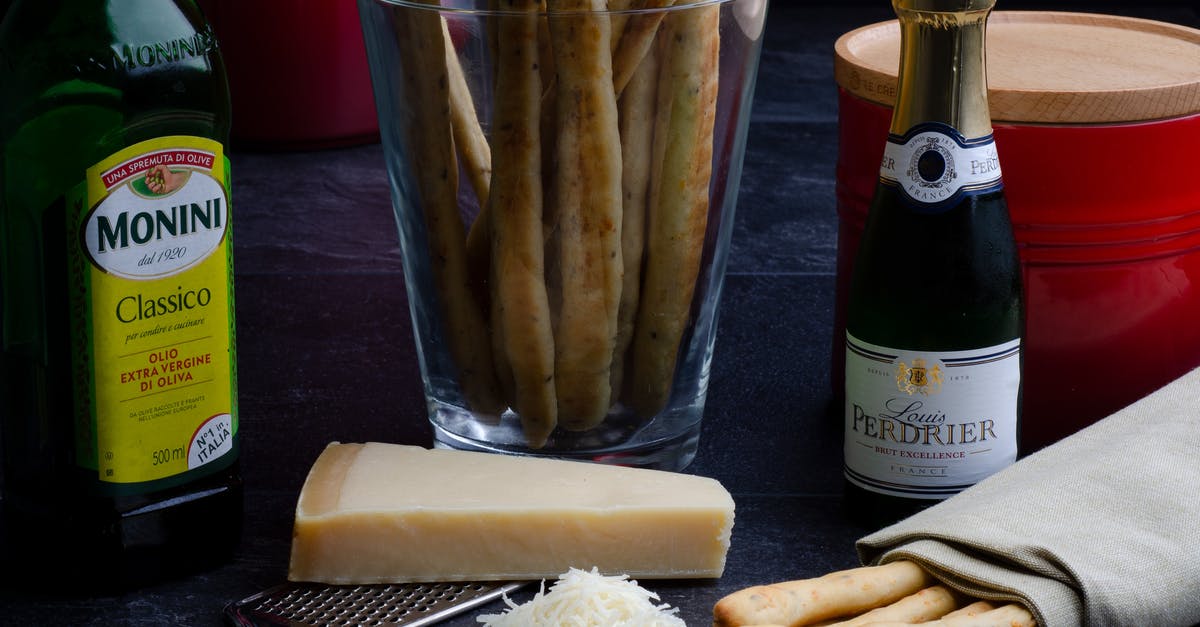Bread-machine recipes: are liquid ingredients fungible?

I've noticed that the recipes that came with my bread machine all have about the same ratio of liquid ingredients to flour: for a 1.5-pound loaf, 3 cups of flour is accompanied by 1 cup of water +2T oil, or 0.5 cup of water plus 2 eggs (+oil), or 1 cup of milk. Does this generalize -- could I replace (some) water with oil, for example? An egg with water or milk? Are water, milk, oil, and eggs largely interchangeable by volume, or are there other trade-offs with respect to the chemistry involved? (I'm not asking for judgements about taste.)
I ask because I'd like to start moving from following the recipes that came with the machine to broader experimentation, but I'm not very experienced with bread in general, let alone bread machines. And most immediately, I want to make bread that brings out an olive-oil flavor, which existing recipes aren't doing for me. (I have a pretty good feel for experimenting when cooking, but baking is a world unto itself.)
Best Answer
There are three major properties of the liquids:
- Fat based (oil, melted butter, bacon drippings, and on) versus water based (milk, juice, water, and so on).
- Flavor - some liquids, juices and to a lesser extent, milk have a distinct flavor that will effect the bread
- Acid - Some liquids, like orange juice, are more acid and affect the pH of the dough
Not every liquid falls neatly into these exact categories. Milk, for example, is about 87% water, 4% fat, and the rest is sugars and proteins. These differences are often insignificant compared to the overall bread recipe.
In general, you can substitute fat-based liquids for other fat based ingredients, and water based liquids for other water based liquids.
Most breads also have the capacity to carry additional fats and sugars (called enrichment), which at its extreme leads to breads like brioche which are very sweet and fatty.
Eggs are a complex ingredient in that the whites are mostly water, with some protein (albumin), and the yolks are about 50% water and 50% fat.
See related:
Are there any general principles of ingredient substitutions? Note that in a bread recipe, with so few ingredients and a deceptively complex chemistry, all of the ingredients have a role to play in the chemistry, so the major factors you are looking at are the overall total ratios of fat, sugar, and water to the flour. Accent ingredients would be add ins like carway seeds in rye bread which don't incorporate into the dough.
In regards to your desire for more olive oil flavor, you almost certainly can substitute olive oil for any fats already in the recipe with comparable results. Most dought can even carry a little more fat, although this will inhibit yeast growth and gluten development, so that you will need more kneading and more proofing time.
You can also brush the crust with olive oil before or after baking.
The very best way to get olive oil flavor into your bread is to dip it in oil when you eat it. This also allows you to get the full flavor of a quality oil, as many nuances would be lost if it was baked into the bread.
Pictures about "Bread-machine recipes: are liquid ingredients fungible?"



Does it make a difference what liquid you add when making bread?
Water vs.Milk changes bread recipes by producing a softer loaf, due to the milk fat content, which also gives bread a richer flavor. Bread made with milk browns more easily than bread made with water, as lactose or milk sugar will caramelize as it bakes.What is the purpose of liquid in a bread recipe?
Liquid ingredients are important in bread making because they rehydrate and activate the yeast and bring together the flour and any other dry ingredients to make the dough.What happens if I use milk instead of water in bread recipe?
Substituting milk for water in bread will usually add both fat (from milkfat) and sugar (lactose). Several changes can happen, including: The crust will typically be softer. The crust will brown more quickly (due to sugar) and can darken more evenly before burning.What liquid ingredients are used to make bread?
What is Liquid Ingredients Formulation?- Compressed yeast.
- Cream yeast (liquid or pumpable)
- Dry yeast (active and instant)
- High Fructose Corn Syrup (HFCS)
- Glucose (corn) syrup.
- Molasses.
- Honey.
- Invert sugar.
7 Common Bread Machine Mistakes That Are Easy To Avoid
Sources: Stack Exchange - This article follows the attribution requirements of Stack Exchange and is licensed under CC BY-SA 3.0.
Images: Jacob Moseholt, Rene Asmussen, Rachel Claire, Nicole Michalou
